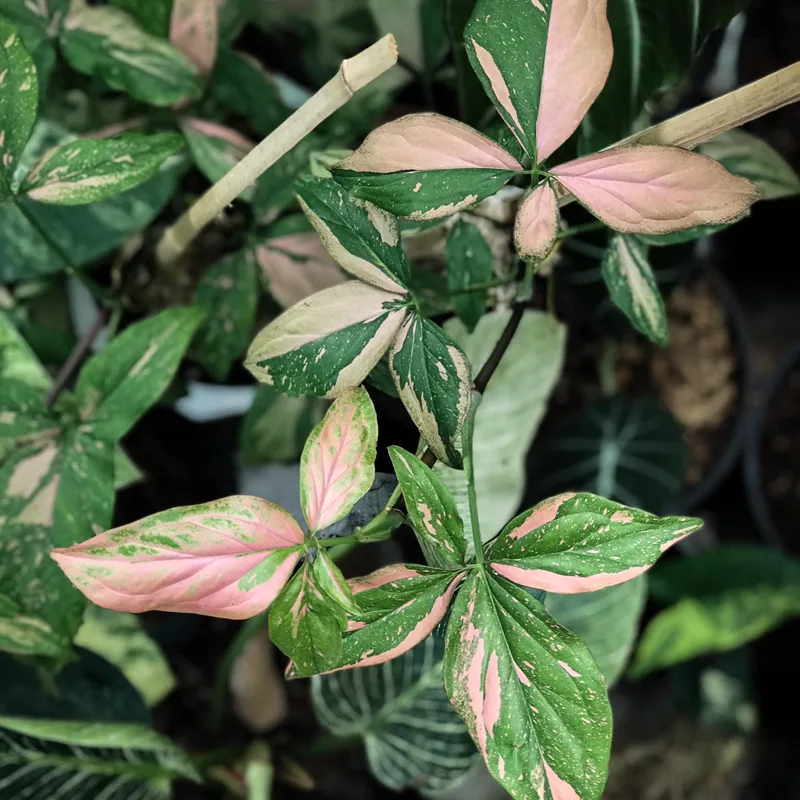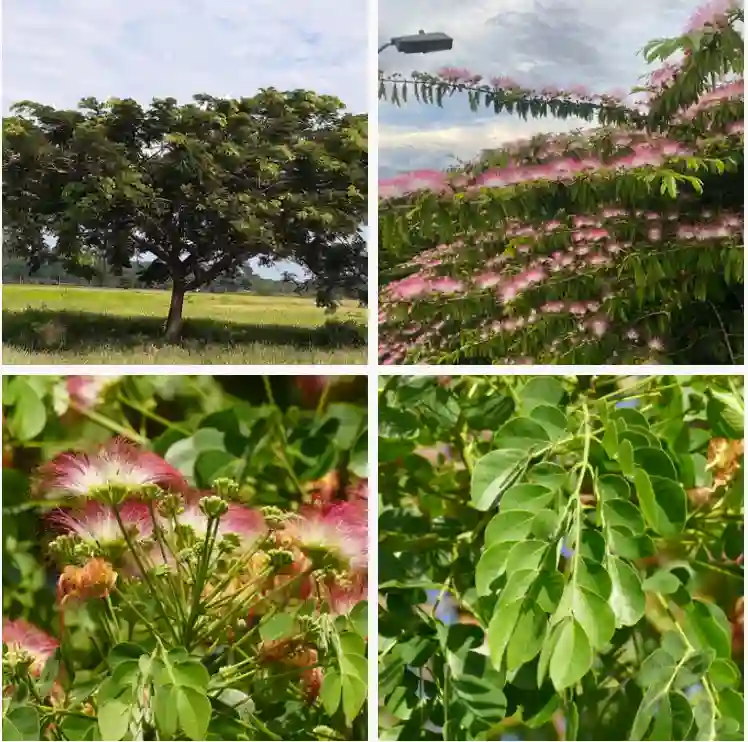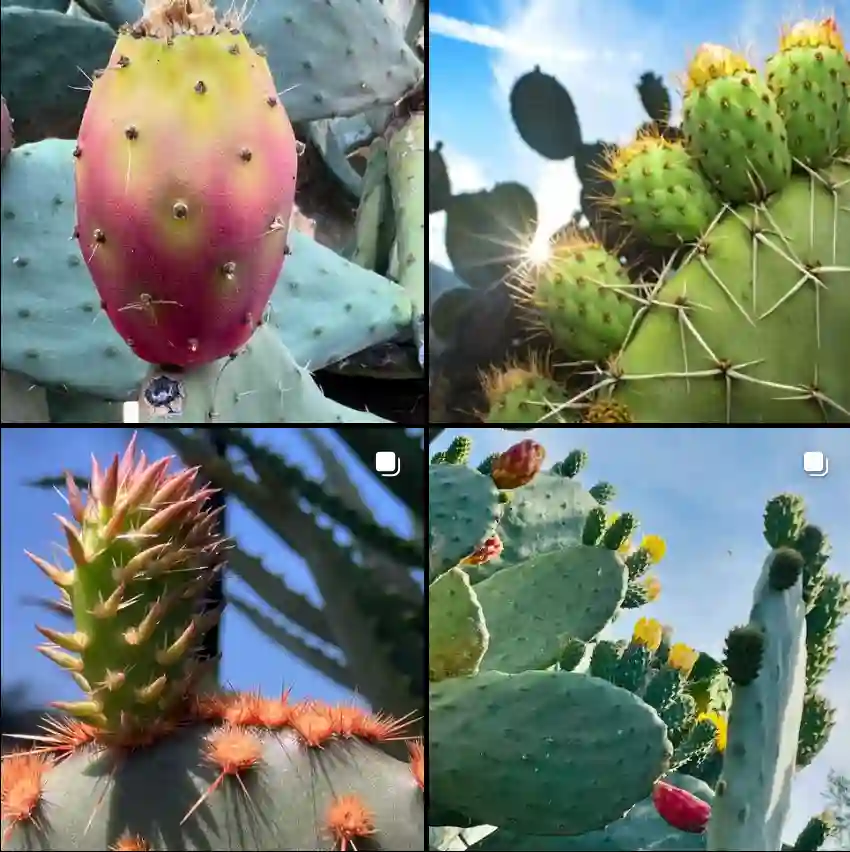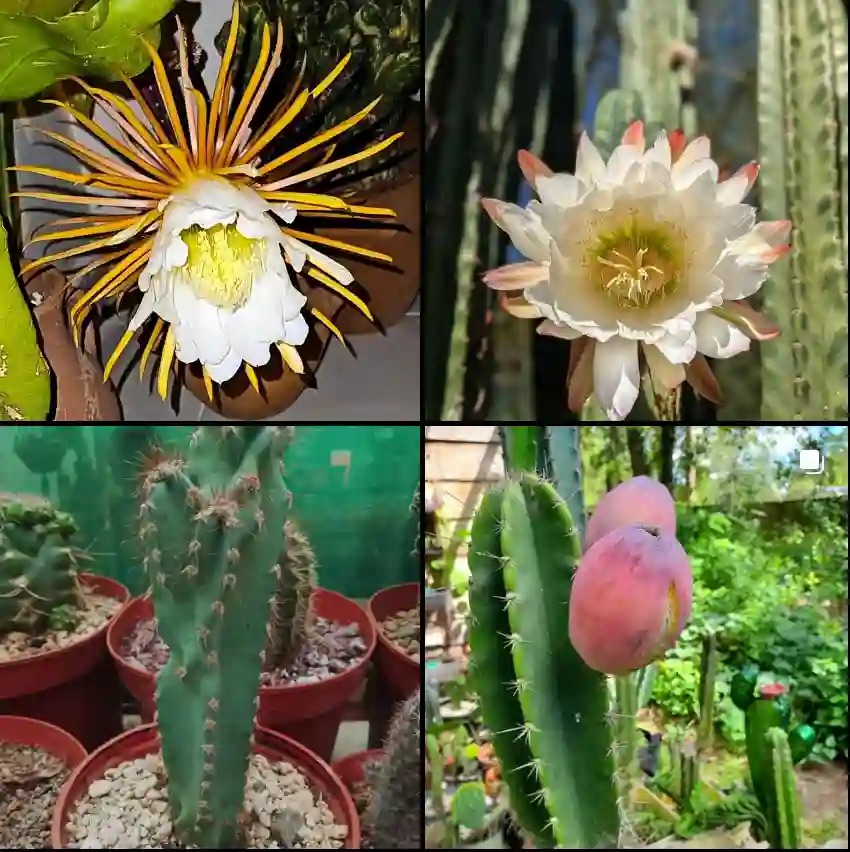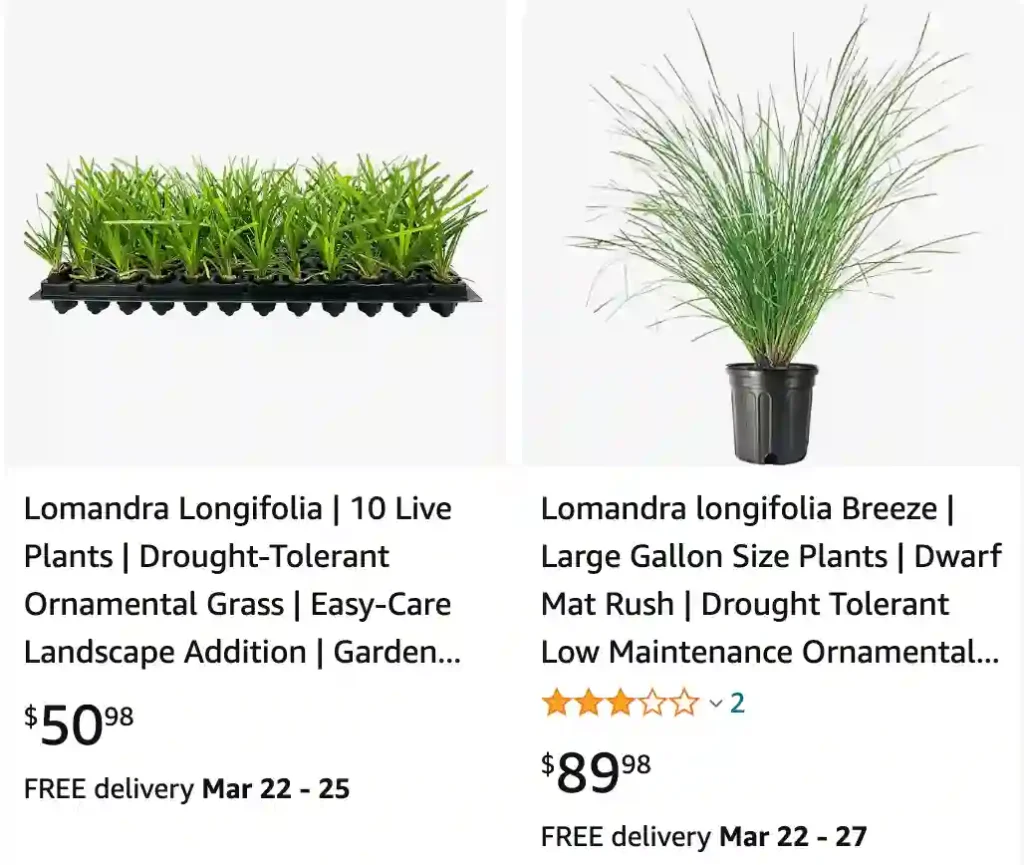
What is Lomandra Breeze?
The Lomandra Breeze, a captivating clump-forming perennial, has become a mainstay in my garden. Its bright green, strappy leaves with whimsical pinked tips add a touch of texture and year-round interest. But beyond its aesthetics, Lomandra Breeze boasts a whole list of qualities that make it a gardener’s dream.
As someone who juggles a busy schedule, low-maintenance plants are my heroes. Lomandra Breeze fits the bill perfectly. It thrives in neglect, tolerating periods of drought with ease. This makes it ideal for summers, where scorching sunshine and occasional downpours are the norm.
64 Species in Genus Lomandra
Can You Trim Back Lomandra Breeze?
Absolutely! While Lomandra Breeze is a naturally compact plant, occasional trimming can encourage bushier growth and maintain its desired shape.
How to Trim Lomandra Breeze?
The good news is, trimming Lomandra Breeze is a breeze (pun intended!). Here’s what I’ve found works best:
- Use sharp pruning shears to remove any dead, diseased, or brown leaves.
- You can also trim back overgrown stems to maintain the plant’s size and shape. Aim to cut no more than a third of the total foliage at a time.
- For a bushier appearance, prune lightly throughout the growing season.
Is Lomandra Breeze Deer Resistant?
Yes! This is another reason Lomandra Breeze has won a permanent spot in my garden. Deer tend to avoid Lomandra due to its tough, spiky foliage. This makes it a perfect choice for areas with deer problems.
Should I Prune the Seeds Off Lomandra Breeze?
Lomandra Breeze produces small, insignificant flowers that give way to clusters of black seeds. While you don’t necessarily need to prune them off, here’s what to consider:
- If you don’t want the plant to self-seed, removing the seed heads after flowering is a good idea. This will also help maintain a tidier appearance.
- However, if you’d like more Lomandra Breeze in your garden, leave the seed heads on. The seeds will eventually fall and germinate, expanding your Lomandra family.
Beyond the Basics: Caring for Your Lomandra Breeze
While Lomandra Breeze is a low-maintenance plant, there are a few basic care tips to keep it thriving:
- Light: Plant your Lomandra Breeze in a location that receives full sun to part shade. It tolerates a wide range of light conditions but thrives in areas with good sun exposure.
- Soil: Lomandra Breeze prefers well-drained soil. If your soil is heavy clay, consider amending it with sand or compost to improve drainage.
- Watering: Water your Lomandra Breeze deeply during its first growing season, allowing the soil to dry slightly between waterings. Once established, it’s incredibly drought tolerant and only requires occasional watering during prolonged dry spells.
- Fertilizer: Lomandra Breeze doesn’t require frequent fertilization. A light application of a balanced fertilizer in spring can be beneficial, but it’s not essential.
Lomandra Breeze: A Versatile Garden Partner
The beauty of Lomandra Breeze lies not just in its easy care but also in its versatility. Here are a few ideas for incorporating it into your garden:
- Mass Planting: Plant Lomandra Breeze in groups for a lush, textural border.
- Container Planting: Its compact size makes it ideal for pots and planters, adding a touch of greenery to patios and balconies.
- Mixed Borders: Combine Lomandra Breeze with flowering perennials or ornamental grasses for a vibrant and low-maintenance display.
With its low-maintenance needs, attractive foliage, and deer resistance, Lomandra Breeze has become a firm favorite in my garden. It adds a touch of understated elegance year-round and requires minimal effort to keep it looking its best. So, if you’re looking for a hassle-free plant that delivers on both beauty and practicality, Lomandra Breeze is definitely worth considering.
If i die, water my plants!
